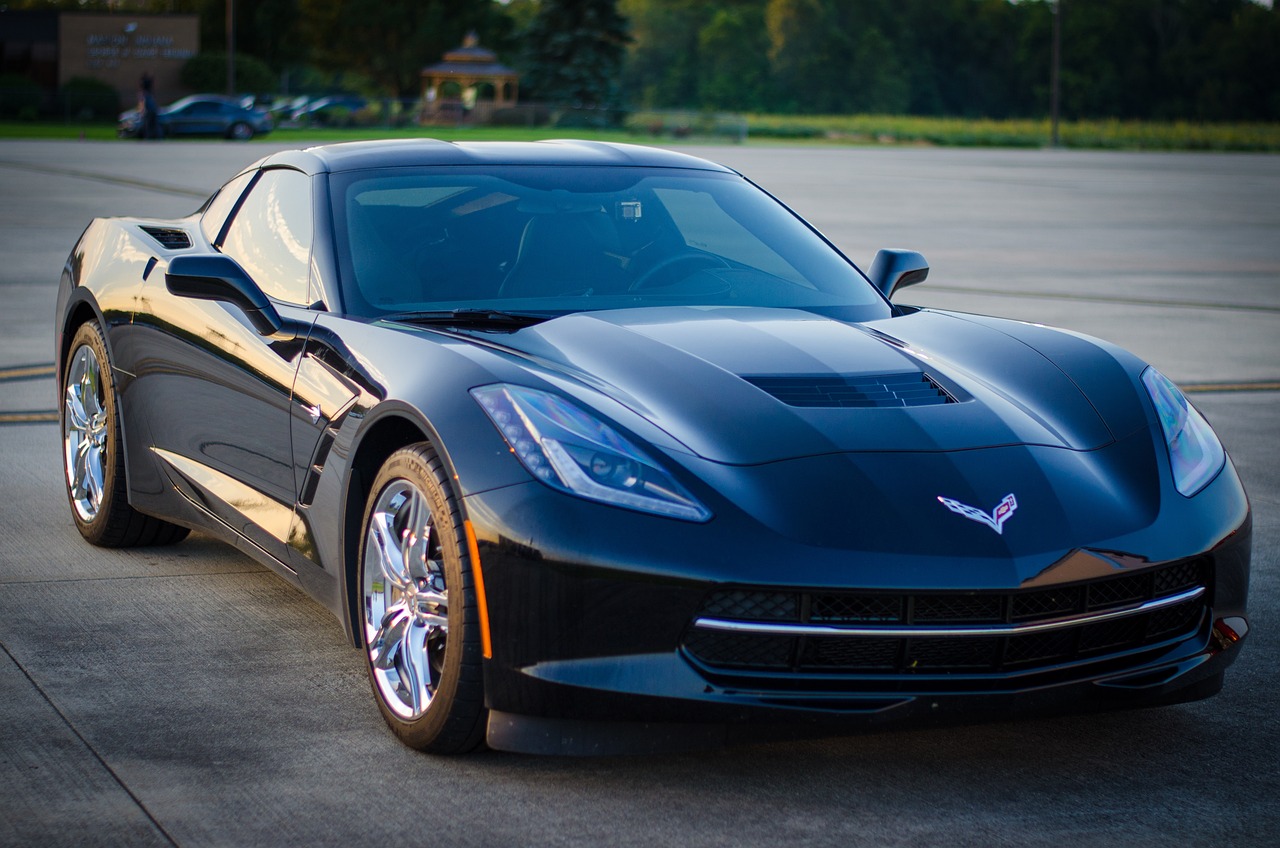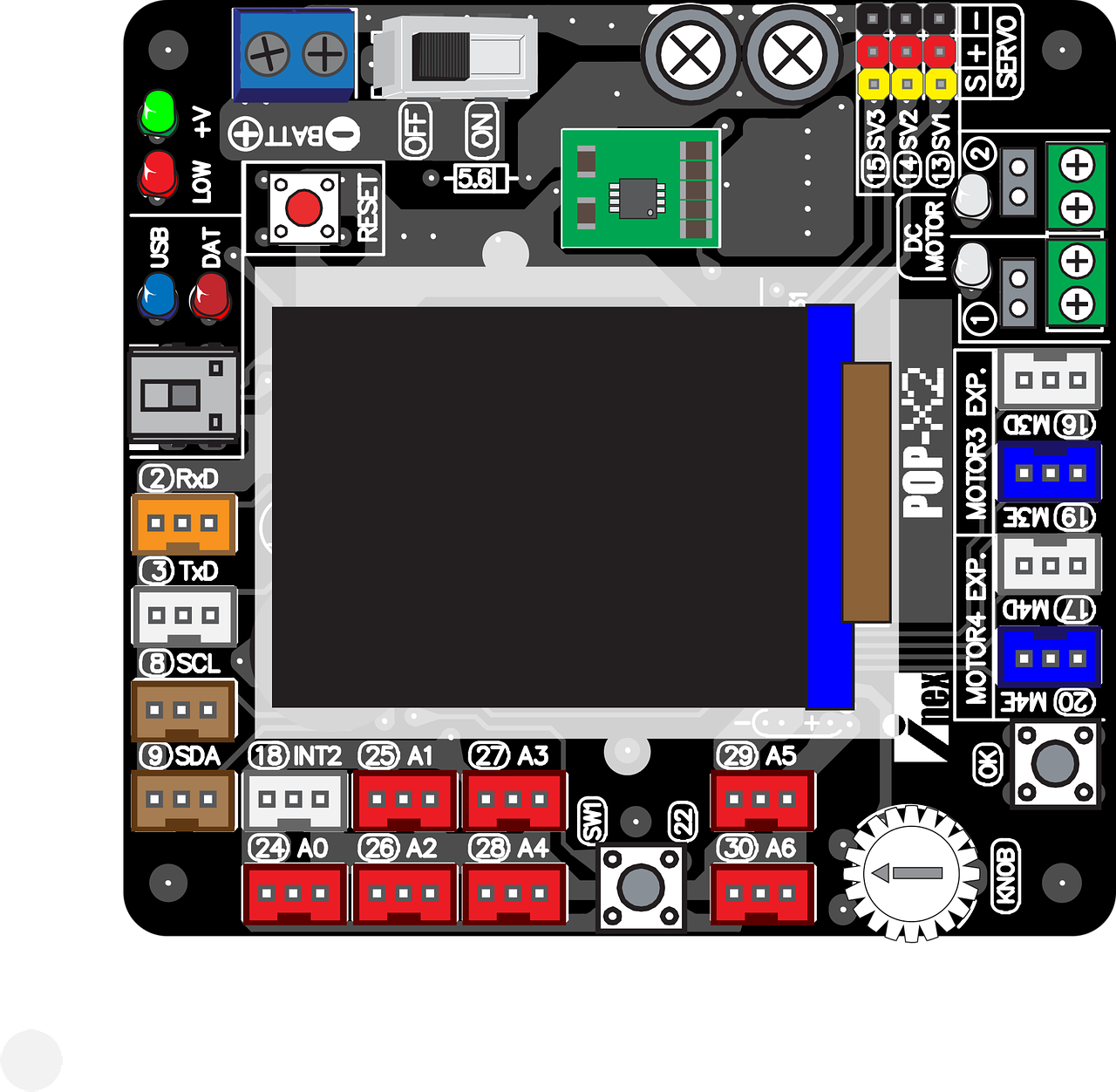Title: Design of a Mitsubishi PLC-based Neon Light Advertisement Screen Controller
Abstract: This paper introduces the design of a Mitsubishi PLC-based neon light advertisement screen controller. The controller is designed to control the operation of neon lights in an advertisement screen, receiving data from a sensor and processing it to determine the status of the neon lights. The design includes a PLC unit, a sensor interface, and a display interface. The PLC unit is responsible for processing data and controlling the neon lights, while the sensor interface receives data from the sensor and sends it to the PLC unit. The display interface receives data from the PLC unit and displays it on the advertisement screen. The design ensures that the neon lights are controlled efficiently and reliably, providing an attractive and effective advertisement display.
Introduction
In today's world, digital technology has significantly transformed the landscape of advertising. One of the most eye-catching and memorable forms of advertising is the neon light advertisement screen. To control these screens effectively, it is necessary to have a reliable and efficient controller that can manage the lights and display content effectively. In this paper, we will design a Mitsubishi PLC (Programmable Logic Controller) to control a neon light advertisement screen.

Hardware Design
1、Mitsubishi PLC: The heart of the controller will be a Mitsubishi PLC, which will be responsible for processing the input signals, executing the control algorithms, and generating the output signals to control the neon lights and display content.
2、Input Signals: The controller will receive input signals from various sources, such as manual switches, sensors, or other PLCs. These input signals will indicate the desired state of the neon lights or display content.
3、Output Signals: The controller will generate output signals to control the neon lights and display content. These output signals will be sent to the respective devices to achieve the desired state.

4、Communication Interface: The controller will have a communication interface to enable it to receive input signals and send output signals to other devices. This interface can be implemented using a serial communication protocol, such as RS-232 or RS-485.
Software Design
1、Control Algorithms: The controller will implement control algorithms to manage the neon lights and display content effectively. These algorithms can be based on time-based events, user-defined rules, or other logic.
2、Display Content Management: The controller will have a display content management system that allows users to define and update the content to be displayed on the neon light advertisement screen. This system can be implemented using a web-based interface or other user-friendly tools.

3、Data Logging and Monitoring: The controller will have data logging and monitoring capabilities to record and analyze the performance of the neon light advertisement screen. This data can be used to optimize the control algorithms and improve the efficiency of the controller.
Conclusion
In this paper, we have designed a Mitsubishi PLC-based neon light advertisement screen controller that can effectively manage the lights and display content of a neon light advertisement screen. This controller has been designed with hardware and software components that enable it to receive input signals, process them, and generate output signals to control the neon lights and display content effectively. The display content management system allows users to define and update the content to be displayed on the neon light advertisement screen, while the data logging and monitoring capabilities enable us to record and analyze the performance of the screen for optimization purposes. This design provides a reliable and efficient solution for controlling neon light advertisement screens in digital advertising applications.
Articles related to the knowledge points of this article:
PLC-Based Servo Controller: Design and Implementation
Keba Controller Connection to PLC